The digital world is evolving fast. Here is the web development trends you can’t ignore if you want to stay competitive.
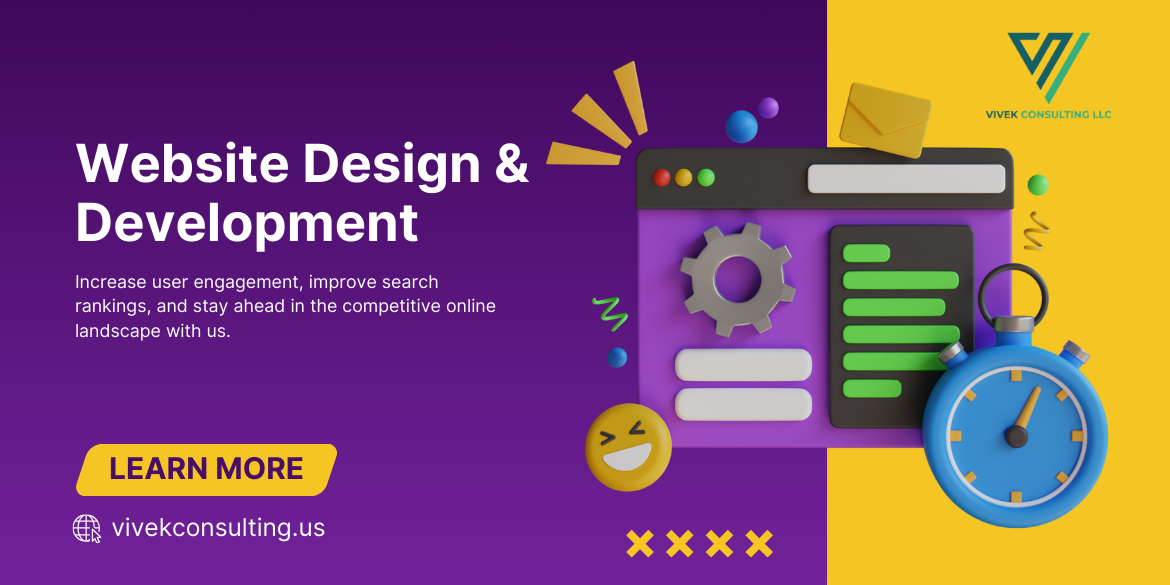
03 Apr 2025
In an era where digital innovation moves at an unprecedented pace, web development is undergoing a radical transformation. The digital ecosystem is no longer static; it is dynamic, responsive, and constantly evolving. Businesses, developers, and users alike must navigate this ever-shifting terrain to stay competitive. From artificial intelligence (AI) and automation to blockchain and Web3, the latest advancements in Web Development are shaping the way we interact with the online world. This article delves into the most significant web development trends that cannot be ignored.
The Rapid Evolution of Web Development
How Technology Is Reshaping the Digital Landscape
The web is no longer just a collection of static pages. Emerging technologies
are redefining its very foundation. Cloud computing, AI-driven applications,
and immersive experiences powered by augmented reality (AR) and virtual reality
(VR) are altering how websites function and engage users. Developers must now
consider scalability, interactivity, and real-time data processing when
building digital platforms.
Why Staying Updated with Trends Is Crucial for Success
Failing to keep up with web development trends can lead to obsolescence.
Businesses risk losing relevance if their digital experiences do not align with
modern user expectations. Staying ahead means leveraging new tools and
frameworks, optimizing for evolving search engine algorithms, and ensuring
seamless, high-performing user interfaces.
Automation and AI's Ascent in Web Development
How AI-Powered Tools Are Streamlining Coding
AI-driven development tools are automating code generation, debugging, and
testing. Platforms like GitHub Copilot and OpenAI Codex assist developers in
writing efficient, bug-free code. AI can also predict coding errors before they
become critical issues, enhancing productivity and precision.
The Role of Machine Learning in Personalized Web Experiences
Machine learning algorithms analyze user behavior to deliver highly
personalized experiences. From recommendation engines to adaptive user
interfaces, AI enhances engagement by predicting user preferences and offering
tailored content.
Chatbots and Virtual Assistants: Enhancing User Interaction
Intelligent chatbots and voice-enabled virtual assistants have redefined
customer service. These AI-powered tools provide real-time responses, automate
customer queries, and enhance user experience without requiring human
intervention.
The No-Code and Low-Code Revolution
How No-Code Platforms Are Empowering Non-Developers
No-code and low-code platforms have democratized web development. Businesses
without technical expertise can now create sophisticated web applications using
drag-and-drop interfaces. This accessibility fosters innovation by eliminating
traditional coding barriers.
The Pros and Cons of Low-Code Development for Businesses
While low-code development accelerates the launch of digital products, it comes
with limitations in customization and scalability. Businesses must evaluate
whether low-code solutions align with their long-term growth strategies.
Popular No-Code Tools Shaping the Industry
Platforms such as Webflow, Bubble, and OutSystems are revolutionizing the web
development landscape. These tools enable rapid prototyping and deployment
while reducing dependency on professional developers.
The Importance of Performance Optimization
Why Speed Is More Vital Than Ever for Websites
User attention spans are shrinking. Slow-loading websites lead to higher bounce
rates and lost revenue. Performance optimization is no longer optional—it’s a
necessity for businesses to retain users.
The Impact of Core Web Vitals on SEO and UX
Google’s Core Web Vitals—Largest Contentful Paint (LCP), First Input Delay
(FID), and Cumulative Layout Shift (CLS)—are now critical ranking factors.
Optimizing these metrics improves both search engine visibility and user
experience.
Techniques to Improve Load Times and Performance
Strategies such as image optimization, lazy loading, and content delivery
networks (CDNs) enhance website speed. Efficient coding practices, such as
reducing JavaScript execution and leveraging browser caching, further contribute
to performance gains.
Progressive Web Apps (PWAs) and Their Growing Popularity
How PWAs Are Bridging the Gap Between Web and Mobile
Progressive Web Apps offer a native app-like experience without requiring
downloads. They provide offline capabilities, push notifications, and fast load
times, making them a powerful alternative to traditional mobile applications.
Key Benefits of PWAs for Businesses and Developers
PWAs enhance user engagement and retention while reducing development costs.
They require a single codebase, eliminating the need for separate web and
mobile applications.
Real-World Examples of Successful PWA Implementations
Companies like Twitter, Starbucks, and Uber have adopted PWAs, resulting in
improved performance and user satisfaction. These case studies highlight the
effectiveness of PWAs in driving business success.
Conclusion
The Importance of Adapting to New Web Development Trends
The field of web development is always changing. Businesses and developers must
remain agile, continuously integrating new technologies to meet shifting
consumer expectations.
Key Takeaways for Staying Competitive in the Digital World
AI and automation are revolutionizing web development.
Performance optimization is crucial for SEO and user experience.
PWAs and no-code solutions are reshaping application development.
Web security, blockchain, and Web3 are driving digital innovation.
Concluding Remarks on Web Development's Future
The future of web development is driven by
innovation, efficiency, and user-centric experiences. Adapting to emerging
trends ensures long-term success in an increasingly competitive digital
landscape. Businesses that embrace these changes will not only survive but
thrive in the fast-evolving web ecosystem.
Recent Articles
-
 Want more local traffic? These Local SEO Tips to Rank Higher on Google will get you noticed
Want more local traffic? These Local SEO Tips to Rank Higher on Google will get you noticed
-
 What's the Difference Between on-page and off-page SEO?
What's the Difference Between on-page and off-page SEO?
-
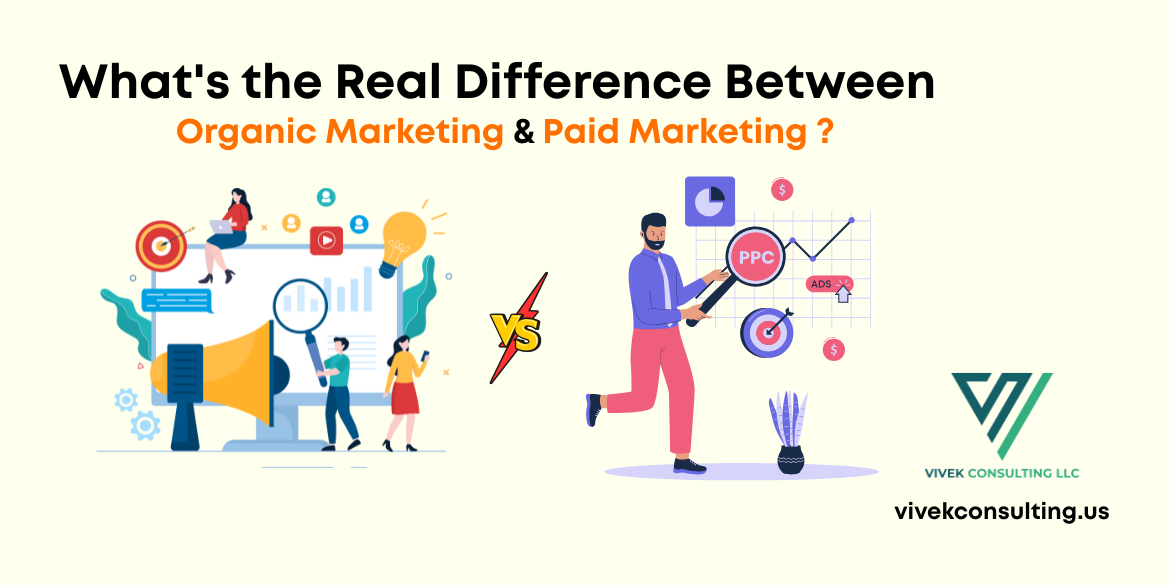 What's the Real Difference Between Organic and Paid Digital Marketing?
What's the Real Difference Between Organic and Paid Digital Marketing?
-
 Boost SEO with a Mobile Friendly Website Today
Boost SEO with a Mobile Friendly Website Today
-
 How to Change the Theme on Shopify Without Using Any Code
How to Change the Theme on Shopify Without Using Any Code
-
 Why Businesses Need Blockchain Development
Why Businesses Need Blockchain Development
-
 SEO Strategy: How to Create an Effective Plan
SEO Strategy: How to Create an Effective Plan
-
 2025 Digital Marketing Trends and Predictions
2025 Digital Marketing Trends and Predictions
-
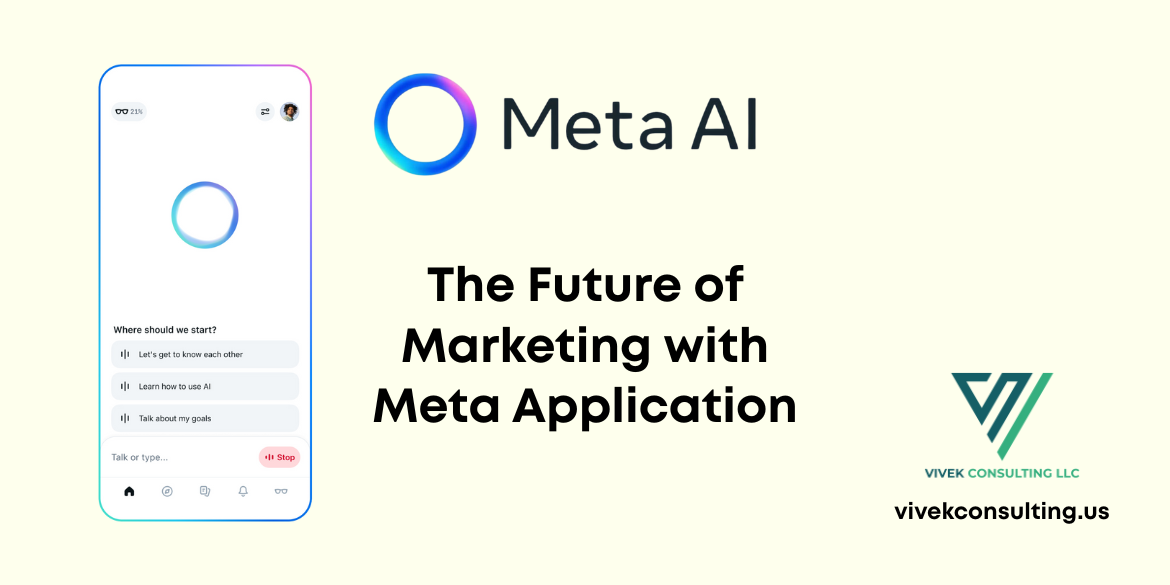 The Future of Marketing with Meta Application
The Future of Marketing with Meta Application
-
 Keyword Research for Website Wins in 2025 [Top 10 Free Keyword Research Tools]
Keyword Research for Website Wins in 2025 [Top 10 Free Keyword Research Tools]
-
.png) Learning the SEO Audit Checklist. Every website should rank higher, load faster, and convert better without wasting time.
Learning the SEO Audit Checklist. Every website should rank higher, load faster, and convert better without wasting time.
-
 Ready for serious growth? Outsource services to scale your business fast and save time and money.
Ready for serious growth? Outsource services to scale your business fast and save time and money.
-
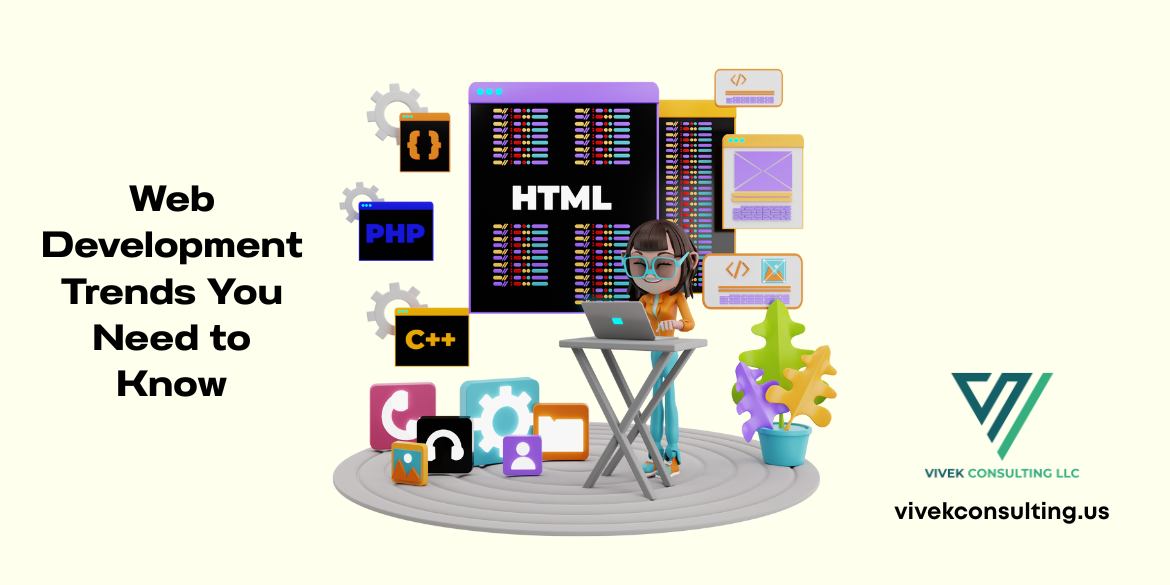 From AI to no-code, explore the Web Development Trends You Need to Know right now.
From AI to no-code, explore the Web Development Trends You Need to Know right now.
-
 Supercharge Business Growth with SEO
Supercharge Business Growth with SEO
-
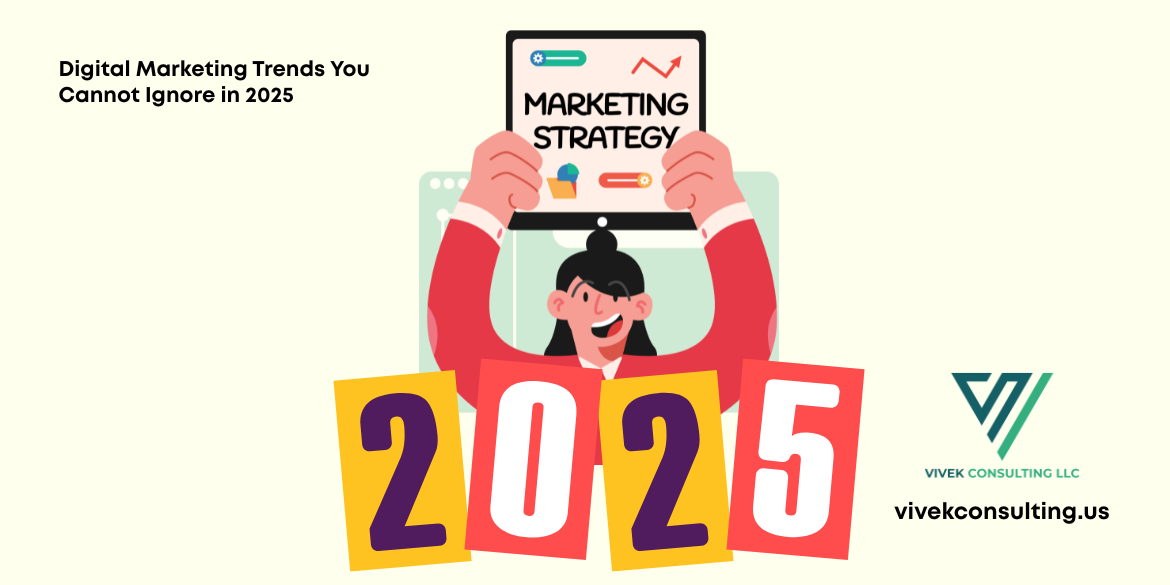 Digital Marketing Trends You Cannot Ignore in 2025
Digital Marketing Trends You Cannot Ignore in 2025
-
 Master Digital Marketing with AI in 2025
Master Digital Marketing with AI in 2025
-
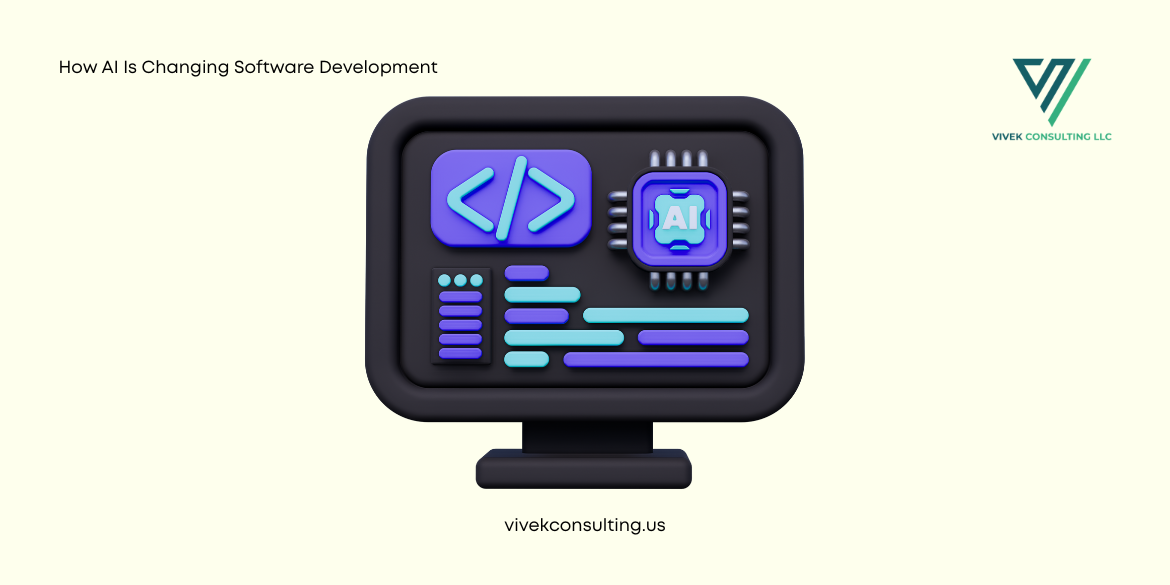 How AI Is Changing Software Development
How AI Is Changing Software Development
-
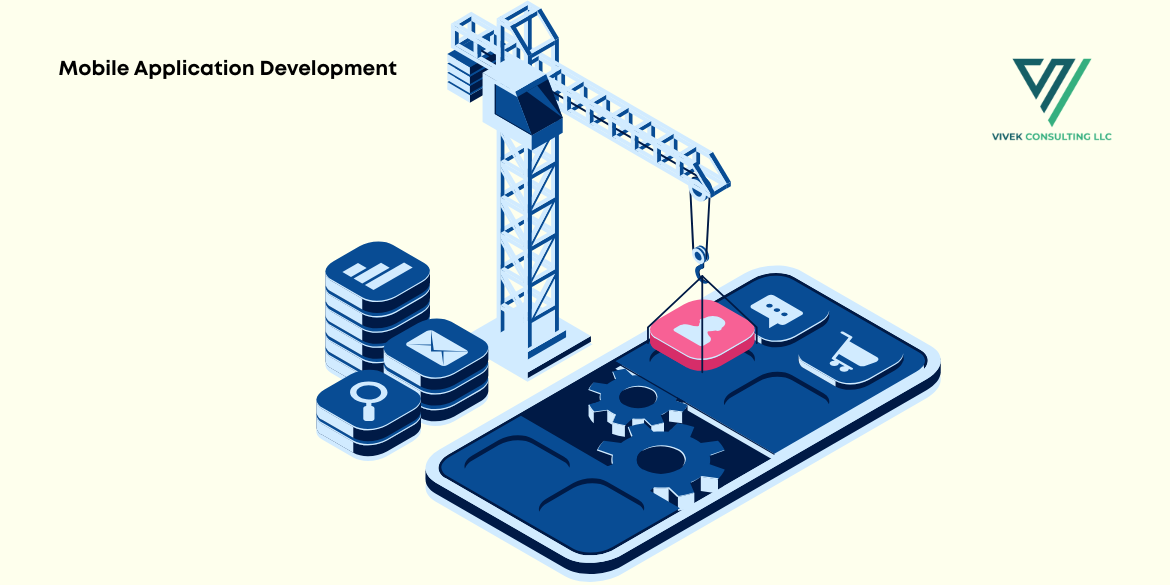 Mobile Application Development in 10 Easy Steps
Mobile Application Development in 10 Easy Steps
-
 Outsource Services to Boost Efficiency
Outsource Services to Boost Efficiency
-
 Ready to scale smart? Boost efficiency fast with managed services that work.
Ready to scale smart? Boost efficiency fast with managed services that work.
-
 Outsource Services: The Smart Move for Your Business
Outsource Services: The Smart Move for Your Business
-
 Technical SEO Tactics to Skyrocket Your Rankings
Technical SEO Tactics to Skyrocket Your Rankings
-
 The digital world is evolving fast. Here is the web development trends you can’t ignore if you want to stay competitive.
The digital world is evolving fast. Here is the web development trends you can’t ignore if you want to stay competitive.
-
 Want more traffic? These off-page SEO tips will help you rank higher and grow like a pro! ????
Want more traffic? These off-page SEO tips will help you rank higher and grow like a pro! ????
-
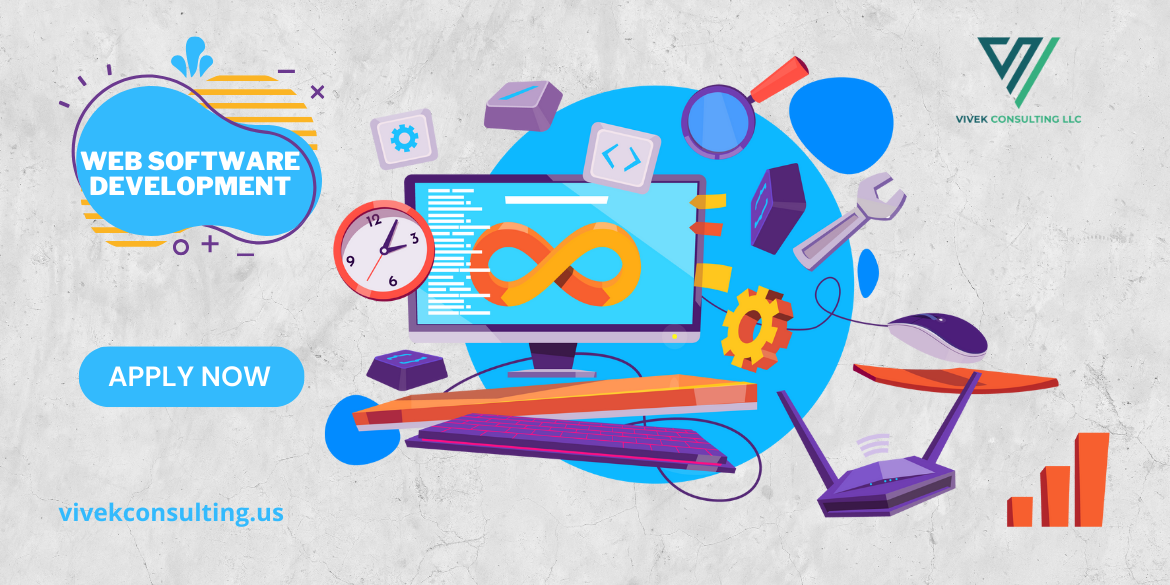 The Role of AI in Modern Software Development
The Role of AI in Modern Software Development
-
 Boost Organic Traffic Through On-Page SEO Strategies
Boost Organic Traffic Through On-Page SEO Strategies
-
 How SEO Can Skyrocket Your Business Growth
How SEO Can Skyrocket Your Business Growth
-
.png) Why Digital Marketing Benefits Business Success in Charlotte NC
Why Digital Marketing Benefits Business Success in Charlotte NC
-
 Explore the future of smartphone application development with Vivek Consulting and stay ahead of the game.
Explore the future of smartphone application development with Vivek Consulting and stay ahead of the game.
-
 Crush Your Competition with Digital Marketing Charlotte NC - Vivek consulting
Crush Your Competition with Digital Marketing Charlotte NC - Vivek consulting
-
 Why Vivek Consulting Tops Charlotte’s Software Developers
Why Vivek Consulting Tops Charlotte’s Software Developers
-
 The Innovation of Smart and Inclusive UX: How AI and 5G Are Transforming Mobile Application Development
The Innovation of Smart and Inclusive UX: How AI and 5G Are Transforming Mobile Application Development
-
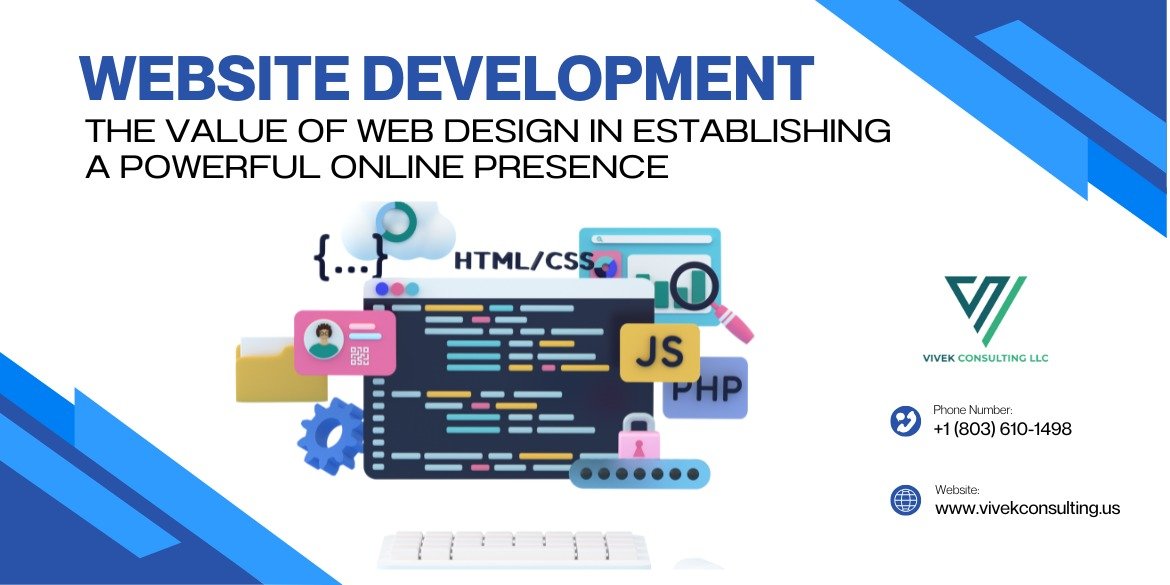 Website Development: The Value of Web Design in Establishing a Powerful Online Presence
Website Development: The Value of Web Design in Establishing a Powerful Online Presence
-
 Elevate Your Brand: Discover the Top Marketing Agency in Charlotte for 2025 - Vivek consulting
Elevate Your Brand: Discover the Top Marketing Agency in Charlotte for 2025 - Vivek consulting
